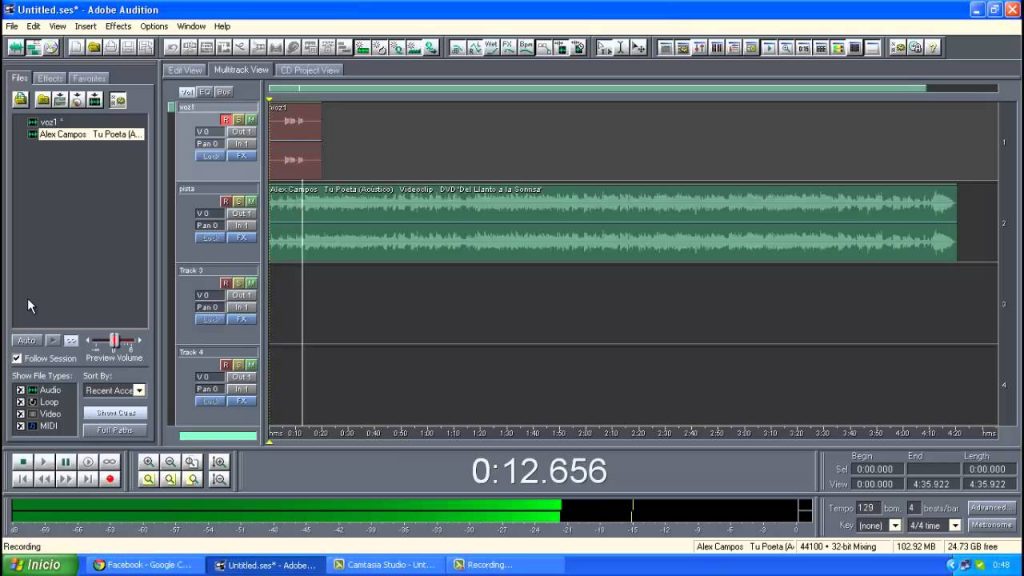

Paint strokes in After Effects are elements of an effect, each of which can be turned on or off or modified at any time. Paint strokes in Photoshop directly affect the pixels of the layer. In contrast, Photoshop has excellent tools for painting and drawing.ĭeciding which application to use for painting depends on the task. In this manner, you can remove the microphone from every frame of a shot, without having to paint the microphone out by hand on each frame. For example, you can use the motion tracking features of After Effects to track the motion of a microphone boom, and then automatically apply that same motion to a stroke made with the Clone Stamp tool. This means that After Effects excels at tasks that can be automated from one frame to another. Is there any benefit to applying them in the multitrack view instead.in terms of quality? The reason I ask is I believe multitrack does 32-bit mixing (at least it says that at the bottom of the screen).The strengths of After Effects are in its animation and automation features.

Is there any real benefit in enabling this? Will doing this improve how Audition applies effects (like reverb, compression etc.) or will it make no difference? My understanding is that AA's audio engine works in 32-bit float anyway (regardless of what file you feed it) so there's no point.Īlso, what I tend to do with effects is apply them in the edit view first as I find it easier than using the effect rack in the multitrack area. There’s an option in the settings to “auto-convert all data to 32-bit upon opening”. The finished mixes also need to be the same due to the playout system that the station uses.

My source files are WAV (44100Hz, 16-bit). A novice here - I’m using Adobe Audition 3.0 to produce various things for a radio station that I volunteer at.


 0 kommentar(er)
0 kommentar(er)
